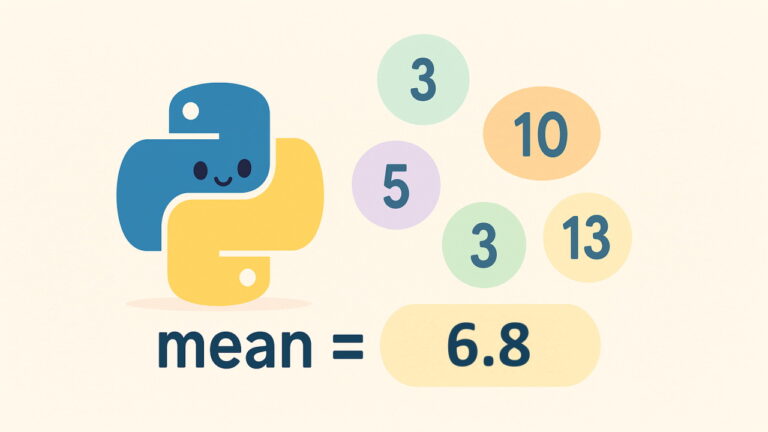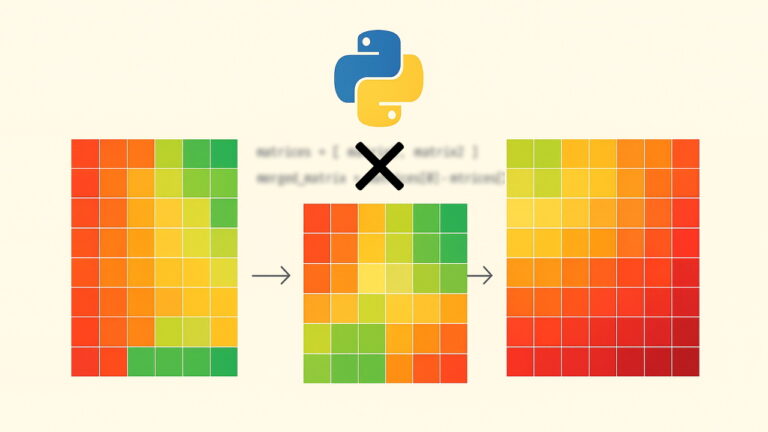توابع مثلثاتی و هذلولوی در پایتون – راهنمای کاربردی
۳۴۳۶
۱۴۰۲/۱۲/۷
۴ دقیقه
PDF
آموزش متنی جامع
امکان دانلود نسخه PDF
در این مطلب، توابع مثلثاتی و هذلولوی در پایتون مورد بررسی قرار گرفتهاند. این توابع، از جمله توابع اعداد مختلط مهم محسوب میشوند.


فهرست مطالب این نوشته
توابع مثلثاتی و هذلولوی در پایتون
توابع مثلثاتی پایتون در ادامه معرفی شدهاند.
- sin(): این تابع، سینوس عدد مختلطی که به عنوان آرگومان به آن داده شده است را باز میگرداند.
- cos(): این تابع، کسینوس عدد مختلطی که به عنوان آرگومان به آن داده شده است را باز میگرداند.
- tan(): این تابع، تانژانت عدد مختلطی که به عنوان آرگومان به آن داده شده است را باز میگرداند.
در کدهای زیر، روش استفاده از هر یک از این توابع، آموزش داده شده است.
خروجی کدهای بالا، به صورت زیر است.
The sine value of complex number is : (1.2984575814159773+0.6349639147847361j) The cosine value of complex number is : (0.8337300251311491-0.9888977057628651j) The tangent value of complex number is : (0.2717525853195118+1.0839233273386946j)
- asin(): این تابع مقدار آرک سینوس عدد مختلطی که به عنوان آرگومان به آن داده شده است را باز میگرداند.
- acos(): این تابع، آرک کسینوس عدد مختلطی که به عنوان آرگومان به آن داده شده است را باز میگرداند.
- atan(): این تابع، مقدار آرک تانژانت عدد مختلطی که به عنوان آرگومان به آن داده شده است را باز میگرداند.
در کدهای زیر، روش استفاده از هر یک از توابع بیان شده، آموزش داده شده است.
خروجی قطعه کد بالا، به صورت زیر است.
The arc sine value of complex number is : (0.6662394324925153+1.0612750619050357j) The arc cosine value of complex number is : (0.9045568943023814-1.0612750619050357j) The arc tangent value of complex number is : (1.0172219678978514+0.40235947810852507j)
- sinh(): این تابع، سینوس هذلولوی عدد مختلطی که به عنوان آرگومان به آن داده شده است را باز میگرداند.
- cosh(): این تابع، کسینوس هذلولوی عدد مختلطی که به عنوان آرگومان به آن داده شده است را باز میگرداند.
- tanh(): این تابع، تانژانت هذلولوی عدد مختلطی که به عنوان آرگومان به آن داده شده است را باز میگرداند.
در ادامه، روش استفاده از این توابع در کدهای پایتون، بیان شده است.
خروجی قطعه کد بالا، به صورت زیر است.
The hyperbolic sine value of complex number is : (0.6349639147847361+1.2984575814159773j) The hyperbolic cosine value of complex number is : (0.8337300251311491+0.9888977057628651j) The hyperbolic tangent value of complex number is : (1.0839233273386946+0.2717525853195117j)
- asinh(): این تابع، تابع وارون هذلولوی سینوس عدد مختلطی که به عنوان آرگومان به آن داده شده است را باز میگرداند.
- acosh(): این تابع، تابع وارون هذلولوی کسینوس عدد مختلطی که به عنوان آرگومان به آن داده شده است را باز میگرداند.
- atanh(): این تابع، تابع وارون هذلولوی تانژانت عدد مختلطی که به عنوان آرگومان به آن داده شده است را باز میگرداند.
در کدهای زیر، روش استفاده از هر یک از این توابع، آموزش داده شده است.
خروجی قطعه کد بالا، به صورت زیر است.
The inverse hyperbolic sine value of complex number is : (1.0612750619050357+0.6662394324925153j) The inverse hyperbolic cosine value of complex number is : (1.0612750619050357+0.9045568943023813j) The inverse hyperbolic tangent value of complex number is : (0.40235947810852507+1.0172219678978514j)
اگر نوشته بالا برای شما مفید بوده است، آموزشهای زیر نیز به شما پیشنهاد میشوند:
- مجموعه آموزشهای برنامهنویسی پایتون
- آموزش تکمیلی برنامهنویسی پایتون
- مجموعه آموزشهای دادهکاوی و یادگیری ماشین
- زبان برنامهنویسی پایتون (Python) — از صفر تا صد
- یادگیری علم داده (Data Science) با پایتون — از صفر تا صد
- آموزش پایتون (Python) — مجموعه مقالات جامع وبلاگ فرادرس
^^
اگر پرسشی درباره این مطلب دارید، آن را با ما مطرح کنید.
ثبت نظر
منابع:
GeeksforGeeksPDF
مطالب مرتبط












